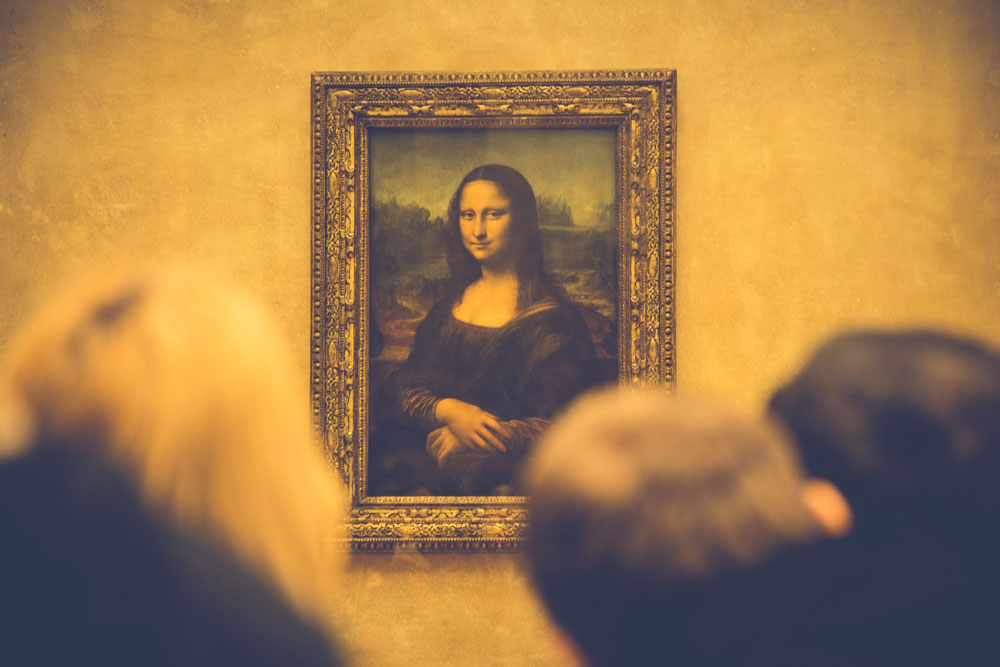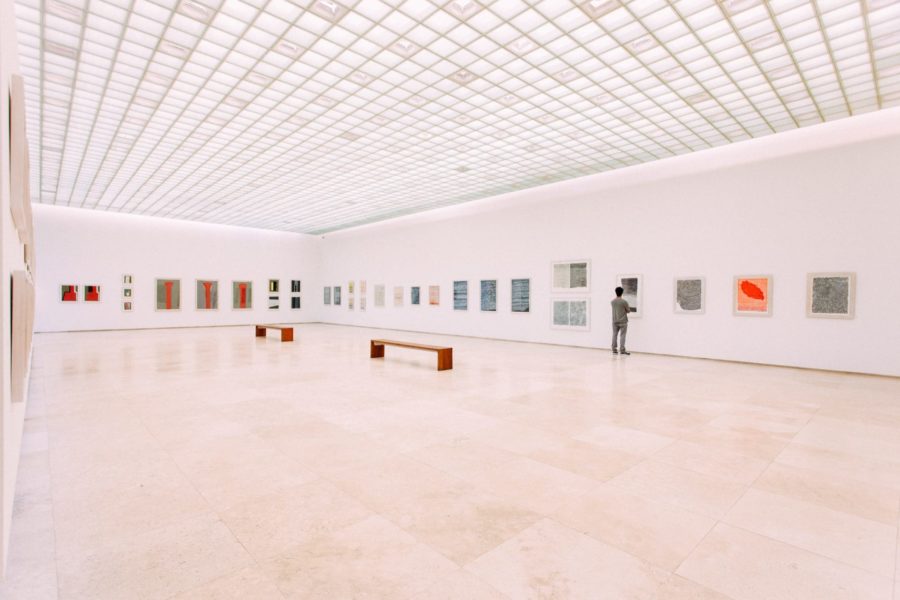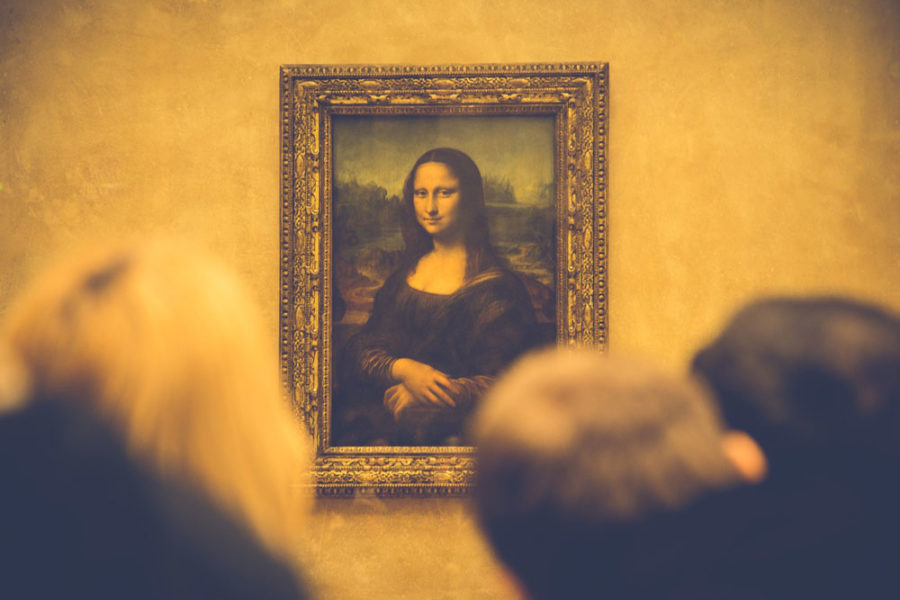TGI Paris, 7 November 2017
Last spring, La Cueillette, a painting from the impressionist master Camille Pissaro, was exhibited at the Marmottan Monet museum. It appeared that this painting was one of the many pieces of art looted during World War II.
The canvas belonged to the art collector Simon Bauer, before it was confiscated by the Vichy government and sold by an art dealer. When Simon Bauer came back from Drancy’s camp, he started to recollect his ninety-three masterpieces’ collection. On November 8th 1945, by application of a French ordinance dated 21 April 1945 which rendered the sales of the paintings looted during the conflict null and void, he obtained that the canvas had to be given back.
The decision was confirmed in appeal on May 4th, 1951, but the painting returned neither to his owner, who died in January 1947, nor to his heirs. Instead, it was sold in London and afterwards bought in a public auction in New York by an American couple, who lent it to the Marmottan museum.
When the Bauer heirs traced back the canvas, they immediately brought a legal action against the American couple to recover it. On May 30th, 2017, the “Tribunal de grande instance” de Paris (the “Court”) issued an interim order to allow the sequestration of the canvas in France until the end of a proceedings on the merits regarding the ownership.
Thus, a second trial took place on November 7th, 2017, and the Court ruled that the provisions of the 1945 ordinance applied to the case. Indeed, in accordance with the requirement of the ordinance, Simon Bauer had brought a first lawsuit less than 6 months after the end of World War II. Moreover, this text sets out that the seizures committed during the conflict as well as any subsequent transfer of the ownership is concerned. Besides, not only the initial owner may claim for the benefit of the ordinance, but also his heirs.
The Court also relied on the special provisions of the ordinance to acknowledge that it had jurisdiction to examine the case.
Besides, the application of another principle settled by the French civil code providing that with regard to movable goods, the mere possession equals ownership except if the evicted owner can prove that the possessor has acted in bad faith, was found irrelevant here. Indeed, in case of looted pieces of art, the ordinance provides as a matter of law that any possessor is considered a bad faith possessor.
Last, the American couple tried to claim the benefit of the thirty-year acquisitive prescription which makes it impossible to oppose an exception inferred from bad faith. However, this argument was also dismissed. The Court indicated that, in the present case, this time-period had not entirely run because Simon Bauer and/or his hears had not been actually in a position to bring a lawsuit in front of French courts from June 22nd, 1966 until February 2017.
As a consequence, the Court ruled that “La Cueillette” must be given back to the heirs of Simon Bauer, as legitimate owners. This decision raises a debate. From a strict legal point of view, some commentators question the value of the French ordinance taken in hurry more than 60 years ago. Furthermore, they disagree on the interference with the property right induced by the automatic qualification of “bad faith” applicable to the possessor pursuant to the ordinance.
This case can actually take us further: in France, there is an act of August 8th, 1994, which considers that a cultural good lent to France by another country, a public collectivity or a foreign cultural institution to be exhibited in France cannot be seized during all the loan’s period to the State of France or any moral person. Thus, one can wonder why museum benefit from a specific protection compared to private owners.
Ugo-Xavier LOIACONO




